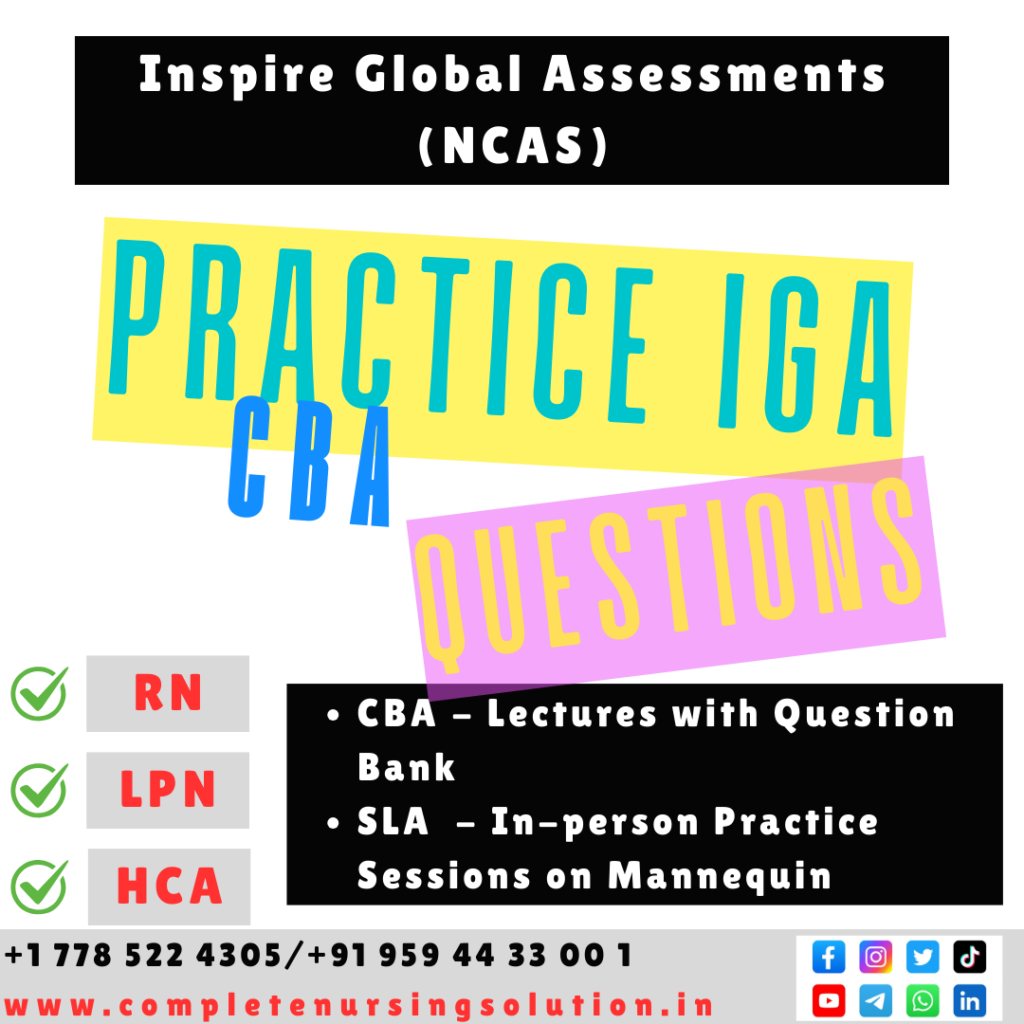Intussusception is a process in which one part of the intestine prolapses and then telescopes into another part. It is one of the most frequent causes of intestinal obstruction during infancy. Initially, the telescoping is intermittent, resulting in periodic pain in association with the legs drawn up toward the abdomen. Pain is severe, progressive, and associated with inconsolable crying. Ongoing abstruction can compromise circulation, causing mucosal ischemia, occult bleeding, and, if untreated, grossly bloody "currant jelly" stools (mixture of blood and mucus). A contrast enema is used for diagnostic purposes and often reduces the intussusceptions. An air enema is considered safer than a barium enema.
(Option 1) Human recombinant erythropoietin (epoetin alfa [Epogen, Procrit]) stimulates bone marrow to form red blood cells and is used to combat the effects of chemotherapy (due to bone marrow suppression) and/or kidney disease (erythropoietin is secreted by the kidneys). Human recombinant erythropoietin is not indicated in this client.
(Option 3) Constipation during infancy usually can be corrected by increasing fluids or adding 2 ounces of pear or apple juice to the daily diet. In addition, eliminating constipating foods and increasing high-fiber foods can help. In this client, it is more important to treat the intussusception as there is no evidence of constipation.
(Option 4) A hemoccult test is performed typically when occult (hidden) blood is suspected due to a dark and tarry stool. Blood is evident in intussusception, and so the priority in this client is to treat the cause of the bloody mucus stool.
Educational objective: Intussusception (the intestine telescoping into itself) causes intermittent cramping and progressive abdominal pain, inconsolable crying, and currant jelly stool (from blood or mucus). It is often treated successfully with an air enema
Intussusception is a process in which one part of the intestine prolapses and then telescopes into another part. It is one of the most frequent causes of intestinal obstruction during infancy. Initially, the telescoping is intermittent, resulting in periodic pain in association with the legs drawn up toward the abdomen. Pain is severe, progressive, and associated with inconsolable crying. Ongoing abstruction can compromise circulation, causing mucosal ischemia, occult bleeding, and, if untreated, grossly bloody "currant jelly" stools (mixture of blood and mucus). A contrast enema is used for diagnostic purposes and often reduces the intussusceptions. An air enema is considered safer than a barium enema.
(Option 1) Human recombinant erythropoietin (epoetin alfa [Epogen, Procrit]) stimulates bone marrow to form red blood cells and is used to combat the effects of chemotherapy (due to bone marrow suppression) and/or kidney disease (erythropoietin is secreted by the kidneys). Human recombinant erythropoietin is not indicated in this client.
(Option 3) Constipation during infancy usually can be corrected by increasing fluids or adding 2 ounces of pear or apple juice to the daily diet. In addition, eliminating constipating foods and increasing high-fiber foods can help. In this client, it is more important to treat the intussusception as there is no evidence of constipation.
(Option 4) A hemoccult test is performed typically when occult (hidden) blood is suspected due to a dark and tarry stool. Blood is evident in intussusception, and so the priority in this client is to treat the cause of the bloody mucus stool.
Educational objective: Intussusception (the intestine telescoping into itself) causes intermittent cramping and progressive abdominal pain, inconsolable crying, and currant jelly stool (from blood or mucus). It is often treated successfully with an air enema


![Boost Skills: NCLEX Daily Questions #12 [ays_quiz id="160"]](https://completenursingsolution.in/wp-content/uploads/2024/10/01-Nov.-NCLEX-Practice-Questions.png)
Your article helped me a lot, is there any more related content? Thanks!
Your article helped me a lot, is there any more related content? Thanks!
Your point of view caught my eye and was very interesting. Thanks. I have a question for you.